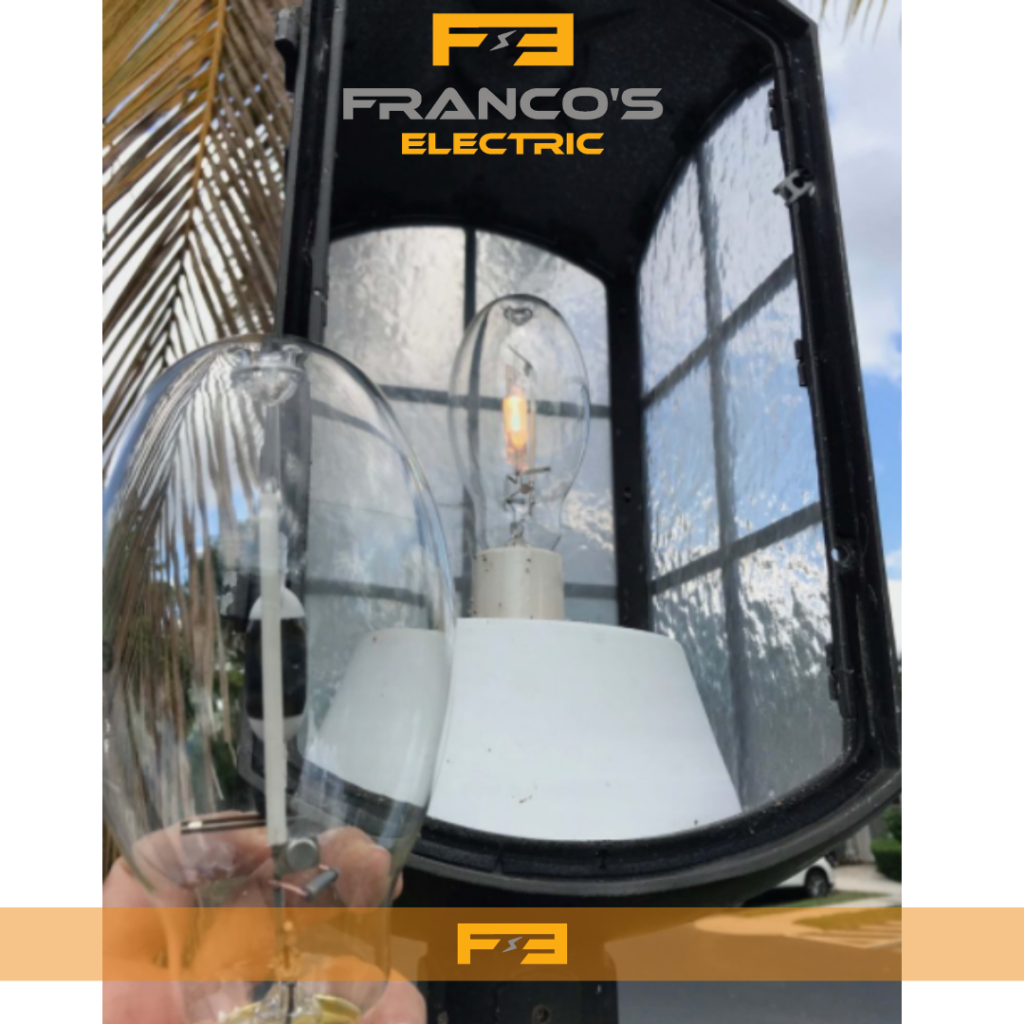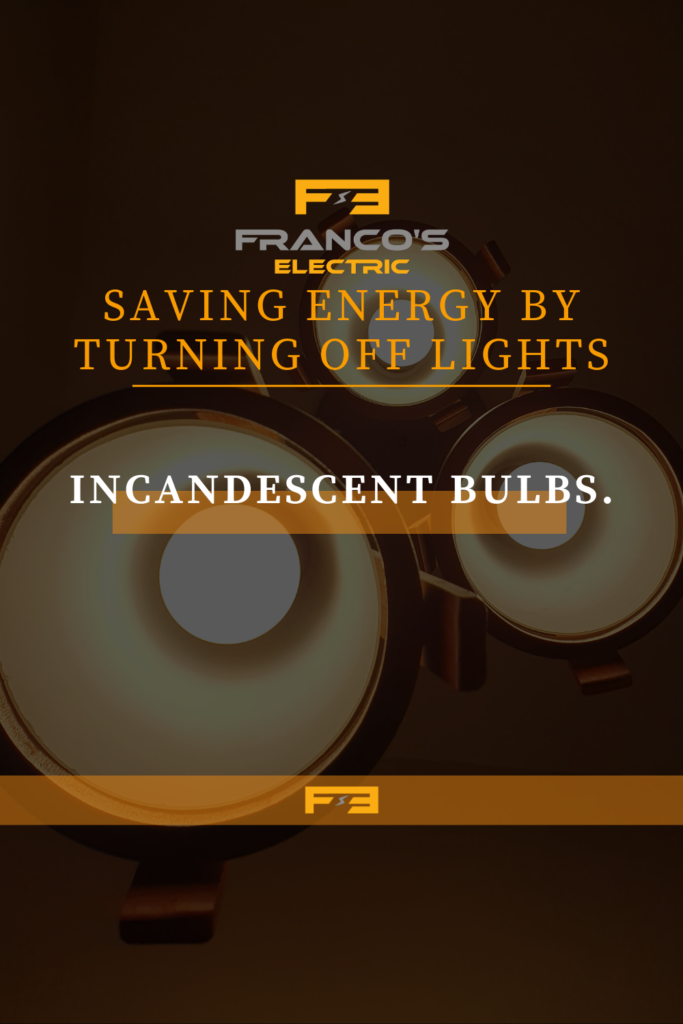Lighting plays a critical role in our homes—not just for visibility and ambiance, but also for energy efficiency and cost savings. With several types of light bulbs available, choosing the right one can make a big difference in your power bill, home comfort, and environmental footprint.
In this guide, we’ll walk you through the different types of light bulbs, their efficiency levels, and how they impact your home and wallet.
1. Incandescent Bulbs (Including Halogens)
Incandescent bulbs, including their more efficient cousins, halogen bulbs, work by heating a wire filament inside a vacuum. When electricity passes through, the filament glows and produces light. The benefit? These bulbs provide instantaneous illumination and are known for their warm light tone.
However, these bulbs are not energy efficient. In fact, around 90% of the electricity consumed is converted into heat rather than light. This not only wastes energy but also increases indoor temperatures—adding to your cooling load during summer.
Key points about incandescent and halogen bulbs:
- Shorter light bulb lifespan (typically 750 to 2,000 hours)
- Energy-intensive and heat-producing
- Performance not affected by frequent switching
- Better avoided in energy-efficient homes
If you still use these, there’s no downside to turning them off when not in use—it helps manage heat and saves electricity.
2. LED Bulbs
Light Emitting Diode (LED) bulbs are a revolutionary step in home lighting efficiency. Instead of using heat, LEDs generate light through electroluminescence—a semiconductor-based process that consumes minimal energy and releases little to no heat.
LEDs have become the go-to solution for energy efficient lighting, and for good reason:
- Extremely low wattage and power consumption
- Long lifespan (15,000 to 50,000 hours)
- Not affected by rapid switching on/off
- Minimal heat output
- Vibration-resistant and durable
Even though they’re efficient, it’s still a good idea to turn them off when you leave a room. Every bit of energy saved counts to us
3. Making the Smart Choice for Your Home
Whether you’re updating fixtures or looking to save on your electricity bill, understanding the types of light bulbs available is the first step. While incandescent bulbs may still be in use in older homes, most modern households are transitioning to LED lighting to enhance performance and lower long-term costs.
Here’s a quick comparison:
| Feature | Incandescent | Halogen | LED |
|---|---|---|---|
| Lifespan | 750–2,000 hrs | 2,000–4,000 hrs | 15,000–50,000 hrs |
| Heat Output | High | Moderate | Low |
| Energy Use | High | Medium | Very Low |
| Cost | Low upfront | Medium | Higher upfront, lower over time |
| Switching Tolerance | High | High | High |
Tips for Energy Efficient Lighting at Home
- Switch to LEDs wherever possible
- Turn off lights when not in use—even LEDs save more when off
- Use dimmers and motion sensors for further control
- Take advantage of natural daylight during the day
- Replace high-heat bulbs in summer to reduce indoor cooling needs
Conclusion
Lighting is more than a design choice—it’s an energy decision. Knowing the differences between incandescent, halogen, and LED bulbs helps you make informed choices that benefit both your wallet and the planet.
Ready to improve your home lighting efficiency? Swap out those outdated bulbs and go with smart, sustainable lighting choices that will last for years. Contact us and we will give you a complete solution for your home.
Beyond just saving money, investing in energy efficient lighting reduces your carbon footprint and supports a greener future. With advancements in lighting technology, you don’t have to sacrifice brightness or style for efficiency. Make the switch today, and enjoy a well-lit, cost-effective, and environmentally responsible home. If you’re planning a full home lighting upgrade, consult a professional electrician to ensure safe and optimal installation tailored to your needs.



